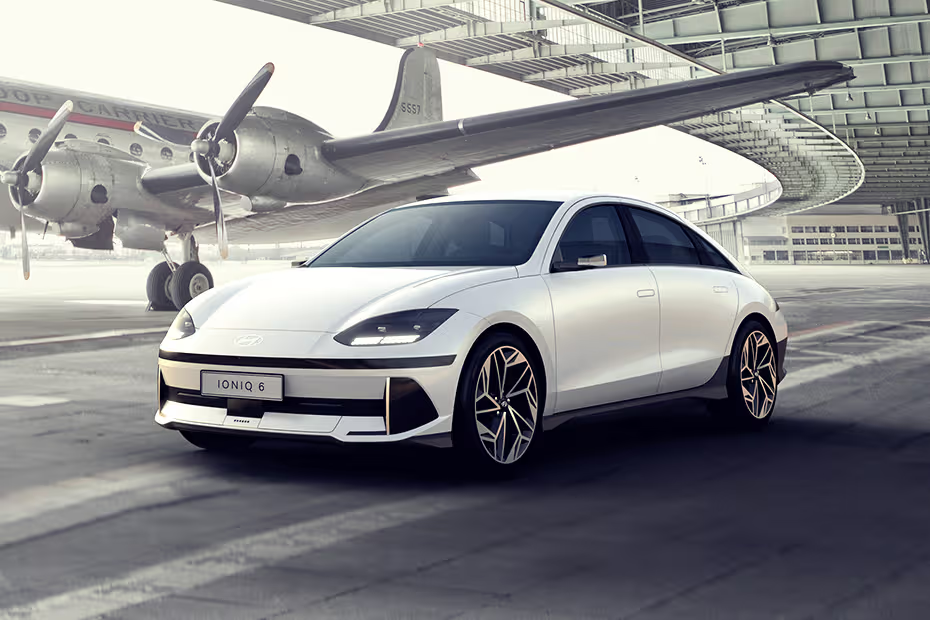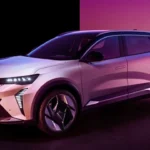Hyundai’s Ioniq 6 is more than just another electric vehicle—it’s a bold contender challenging the dominance of the Tesla Model 3, Polestar 2, and BMW i4, while carving its unique niche as a paragon of efficiency and range.
This sleek sedan is purpose-built for the eco-conscious, long-distance driver, boasting an impressive 338-mile range, 4.3 mi/kWh efficiency, and an industry-leading 0.21 drag coefficient. While some competitors achieve superior aerodynamics or range, the Ioniq 6 achieves its stellar performance without resorting to oversized batteries or excessive weight, tipping the scales at a manageable 2,000kg thanks to Hyundai’s E-GMP platform—a shared architecture with its sibling, the Ioniq 5.
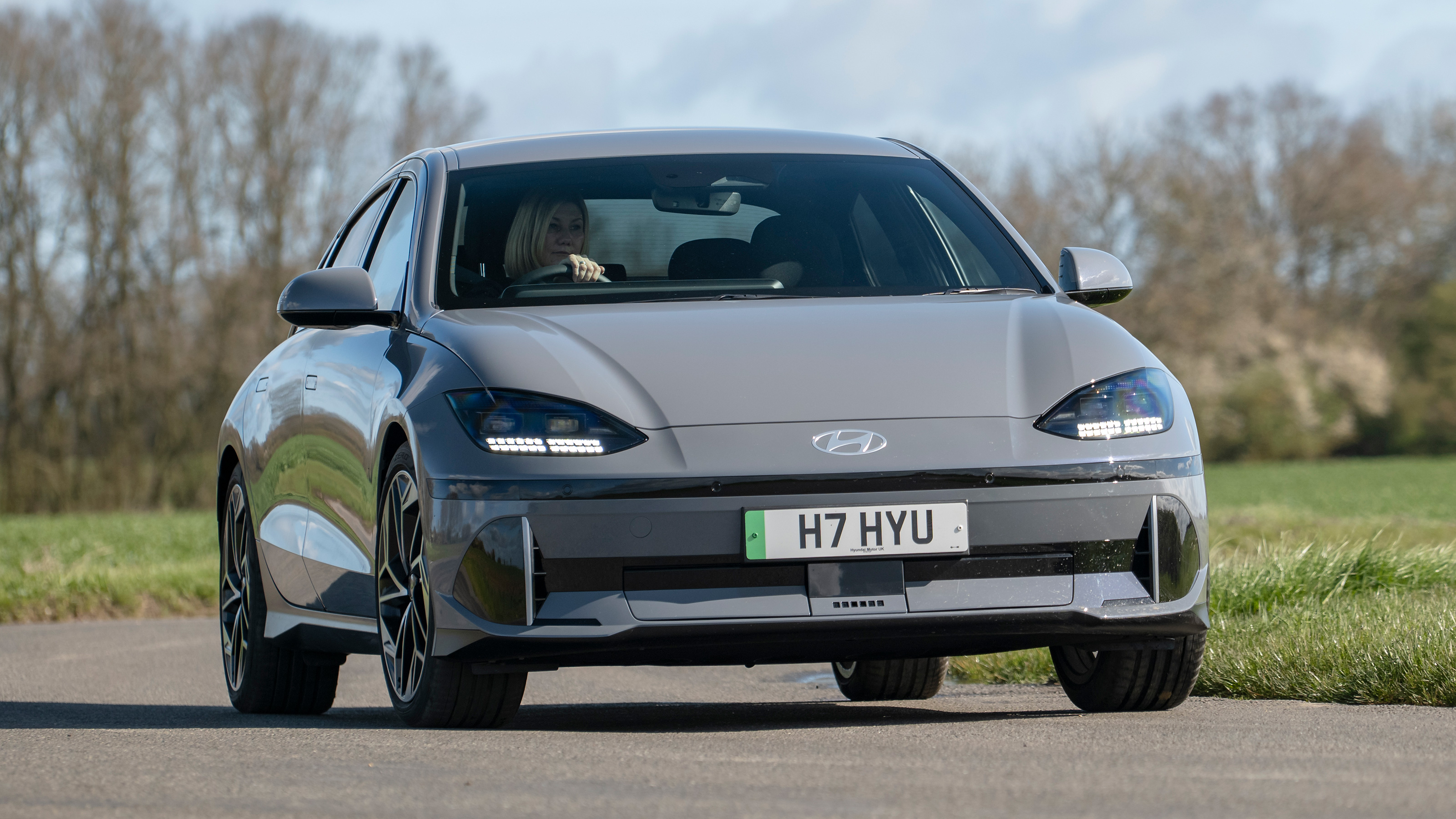
The Numbers Behind the Marvel
The Ioniq 6 offers two main drivetrain options, tailored to satisfy both the efficiency purist and the power enthusiast:
| Specification | RWD Single Motor | AWD Dual Motor |
|---|---|---|
| Power Output | 226bhp/258lb-ft | 320bhp/446lb-ft |
| Range (WLTP) | 338 miles | 322 miles |
| Acceleration (0-62mph) | ~7.4 seconds | ~5.1 seconds |
| Battery Capacity | 77.4 kWh | 77.4 kWh |
| Price Starting From | £47,000 | £50,190 |
For those prioritizing maximum range, the rear-wheel drive (RWD) single motor is the optimal choice. Conversely, thrill-seekers may lean toward the all-wheel drive (AWD) version, trading a small reduction in range for a palpable boost in power and acceleration.
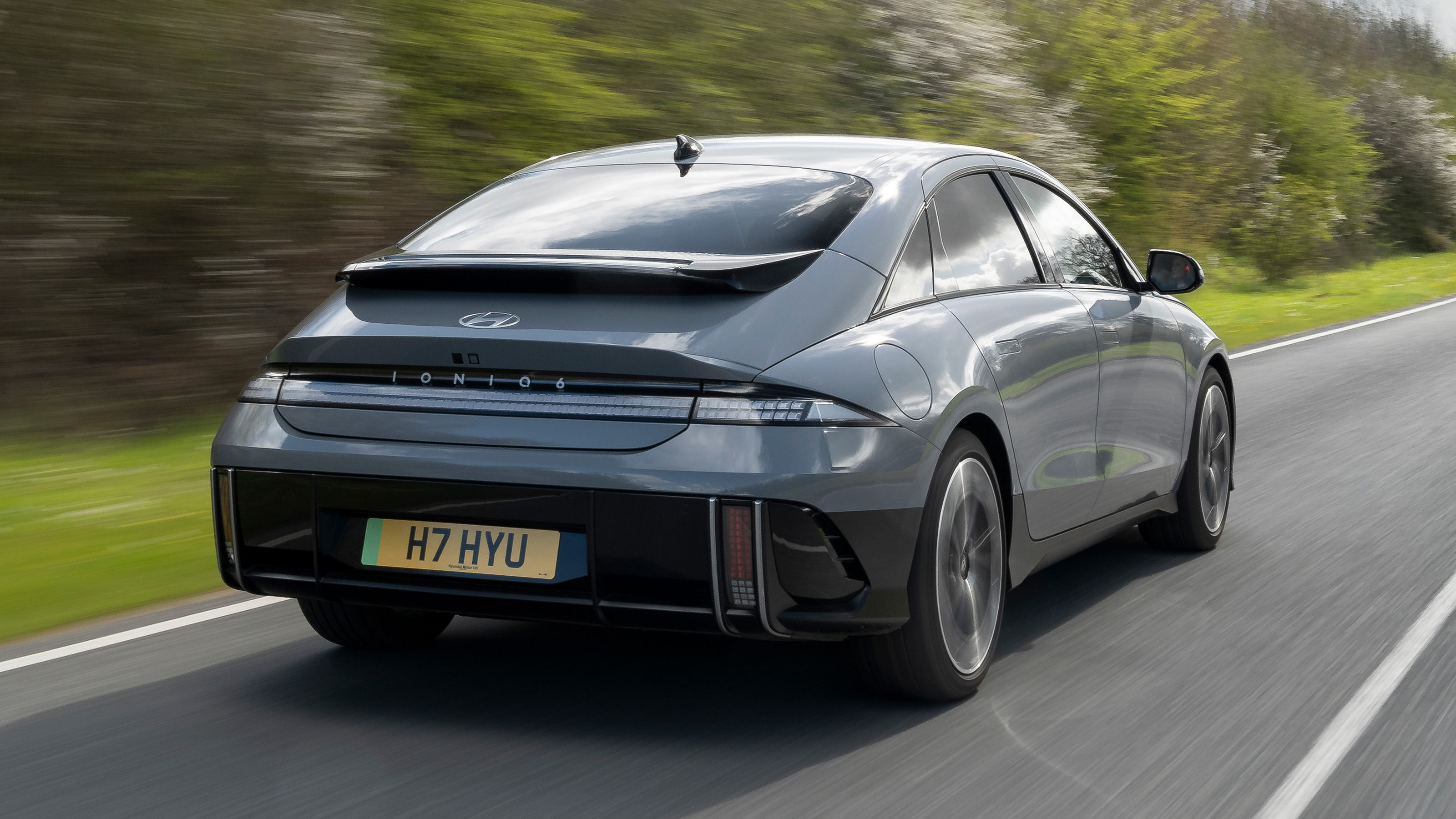
A Design Shaped by Purpose, Not Convention
When assessing the design of the Ioniq 6, one thing becomes clear: it prioritizes aerodynamic efficiency over aesthetic consensus. The sleek, wind-sculpted body speaks of extensive wind tunnel testing, resulting in a streamlined silhouette. However, opinions on its visual appeal may be divided:
- Front View: The headlights are functional but understated, eschewing the bold charm of the Ioniq 5.
- Rear Design: A confluence of lines converges in a slightly cluttered aesthetic, though the vertical lighting elements and pixelated signature detailing add a futuristic flair.
Hyundai’s groundbreaking “chess set” design philosophy, championed by design chief SangYup Lee, rejects the industry’s conventional “Russian doll” approach. Instead of uniformity, Hyundai is embracing distinct identities across its lineup, and the Ioniq 6 stands as a testament to this bold evolution.
Interior: An Oasis of Comfort and Quality
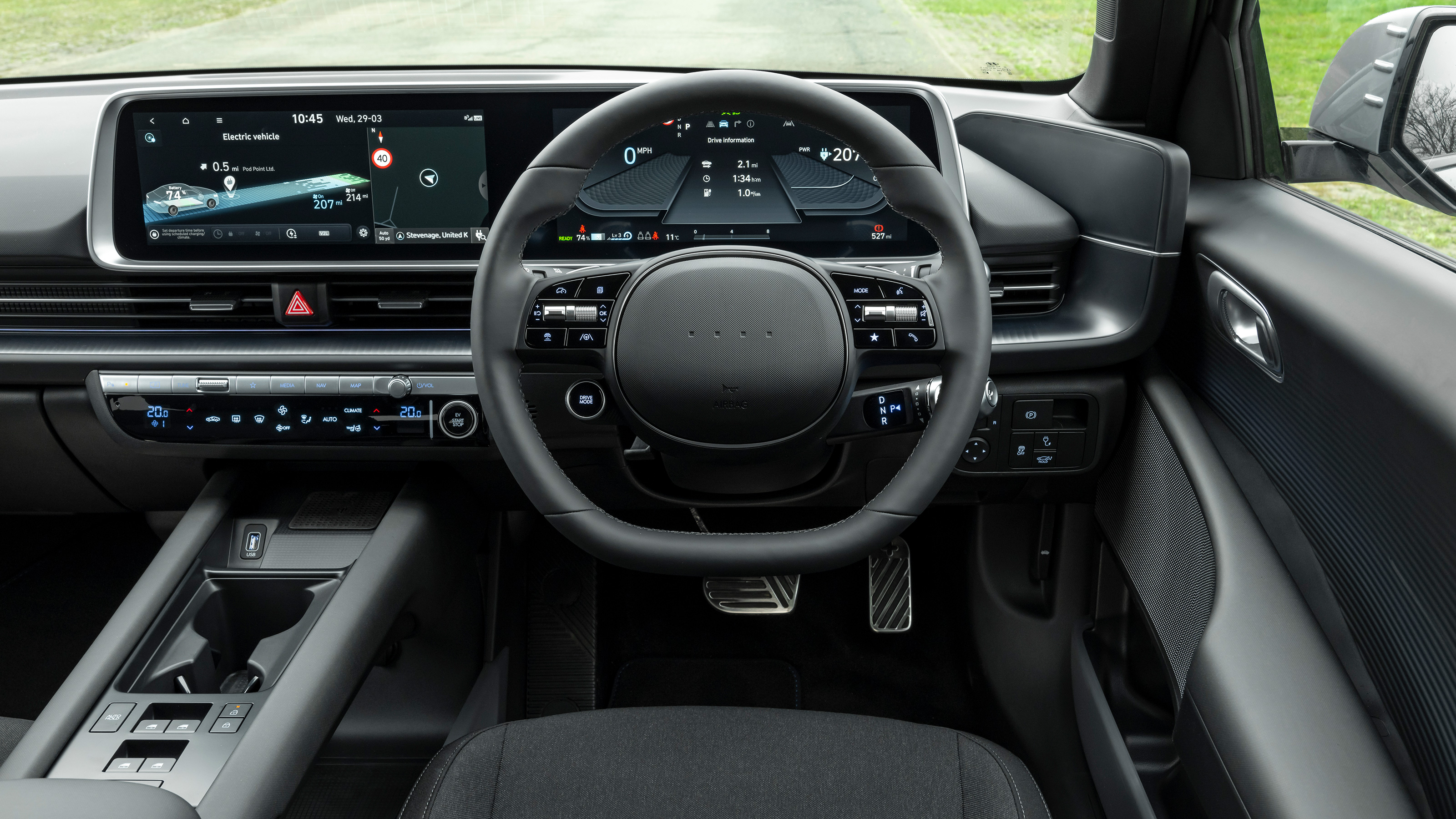
The interior of the Ioniq 6 takes the Ioniq 5’s foundation and elevates it with enhanced materials and an emphasis on luxury. Here’s what stands out:
- Spaciousness: Rear legroom is exceptional, making it ideal for long journeys. However, boot usability is slightly compromised by the sedan’s shape.
- Tech-Laden Cockpit: The driver-centric layout features dual screens and intuitive controls, ensuring a seamless experience.
- Quiet Refinement: With minimal wind noise, well-damped suspension, and superb cabin insulation, the Ioniq 6 is a haven of serenity even at highway speeds.
“Hyundai has masterfully balanced form and function, creating an interior that feels both futuristic and immediately comfortable.”
Driving Dynamics: A Cruiser’s Delight

The Ioniq 6 embodies the ethos of a luxury cruiser—not in price but in its effortless driving experience. It glides gracefully, maintaining speed with minimal effort and offering a near-silent ride, even when equipped with the broad 245/40 tires on its standard 20-inch wheels. For UK buyers, the absence of the 18-inch wheel option is a minor limitation.
Customizable Drive Modes
The vehicle’s driving modes—Eco, Normal, and Sport—each subtly adjust throttle sensitivity, steering weight, and screen graphics. However, the most practical choice for daily driving remains Normal Mode, which strikes a harmonious balance. The regenerative braking paddles further enhance customization, enabling drivers to select from five levels of energy recovery:
| Regen Levels | Experience |
|---|---|
| Level 0 | Coasting with no drag |
| Max Regen | Enables one-pedal driving for city traffic |
| Brake Pedal Use | Primarily regenerates energy, with physical brakes for emergencies |
The Competitive Landscape: Polestar, Tesla, or Hyundai?

Choosing between the Polestar 2, Tesla Model 3, and Hyundai Ioniq 6 ultimately depends on your priorities:
| Feature | Hyundai Ioniq 6 | Polestar 2 | Tesla Model 3 |
|---|---|---|---|
| Range | 338 miles | 341 miles (Long Range) | 374 miles (Long Range) |
| Build Quality | High | High | Moderate |
| Technology | Advanced, well-integrated | Minimalist but refined | Industry-leading software |
| Charging Network | Limited (350kW max) | Third-party dependent | Supercharger advantage |
| Interior Space | Best in class | Compact | Comfortable but less roomy |
While Tesla’s Supercharger network remains a compelling advantage, Hyundai’s 800-volt architecture and 350kW charging speed (charging 10-80% in just 18 minutes) offer a glimpse into the future. However, this potential is stymied by the current state of public charging infrastructure, where availability and reliability vary widely.
Verdict: The Smooth Operator
Hyundai’s Ioniq 6 reinforces the brand’s growing reputation as a leader in the electric vehicle space. Its design may provoke mixed reactions, but its performance aligns perfectly with its mission: a comfortable, efficient, and stylish cruiser that minimizes range anxiety while maximizing driving pleasure.
“The Ioniq 6 epitomizes Hyundai’s commitment to innovation, offering a masterful blend of performance, comfort, and advanced technology.”

Quick Comparison: The Rivals at a Glance
| Model | Price Range (£) | Range (Miles) | Rating (10) |
|---|---|---|---|
| Hyundai Ioniq 6 | £47,000 – £50,190 | 338 | 9 |
| Polestar 2 | £39,845 – £68,845 | 341 | 8 |
| Tesla Model 3 | £48,435 – £61,435 | 374 | 8 |
| BMW i4 | £53,425 – £65,740 | 367 | 8 |
Final Thoughts
The Hyundai Ioniq 6 may not dethrone every rival in every category, but it cements itself as a strong choice for those seeking efficiency, reliability, and refinement. As part of Hyundai’s groundbreaking electric lineup, it offers a compelling alternative to industry stalwarts, blending cutting-edge technology with a distinct design philosophy. In short, it’s a car that goes the distance—both literally and figuratively.

